QuestionQUESTION: My male glider escaped from his cage about a week ago and I have not been able to find him. Is the female going to be ok with out him, I have been giving her lots of attention so she does not get depressed. She had her babies last night one was dead in her food dish this morning. Is that because the male was gone and she needed help? The other is fine with her in her pouch will she be ok taking care of it by her self? Can I touch the baby? some animals if you touch the babies the mother will neglect them so I haven't touched it yet.
ANSWER: Hello Skylure,
A week is a long time for a Sugar Glider to be gone. What have you done to look for him? If you don't see or hear him at night, then he is probably trapped somewhere. Look in holes or deep things that he cannot climb out of. I once had a glider stuck in a rolled up poster. Could he be in a cabinet or closet? They like to be up in high places, and also seem to be attracted to the color red. My gliders have been found in a red jacket in the closet. Leave out some yummy food, like yogurt, to see if he has been around to eat it.
As for the mother and joey, losing the father is a hardship. Normally, the papa babysits so that the mother can go out to eat and exercise. I suggest you hand feed the mother within the pouch for a while. Mothers do not want to leave their babies, but do need to eat. It is okay to touch the baby, but only with the mother right there, at this stage. Once the mother is comfortable leaving the joey alone, it would be okay for you to take the baby out of the cage for a few minutes. What do you feed her? I strongly suggest BML with some extra protein and a little baby formula powder, along with fresh fruits and veggies. My recipe for BML can be found on my website: nc.sugar.gliders.googlepages.com
Is this the mother's first baby? Is she grooming the joey and allowing it to nurse? These are good signs.
I hope everything goes well for you and the gliders. Please keep in touch.
Hope this helps,
Betty
---------- FOLLOW-UP ----------
QUESTION: ok thanks for the help. we have searched everywhere and cant seem to find him. I have been feeding her in her pouch all day today. Yes this is her first baby and its looks like she is grooming him and allowing him to nurse. I keep checking to make sure he is taking care off and still alive. I am nervous because the other one had died. If this one is a boy will it be possible for them to mate when he is old enough?
ANSWER: It is impossible to tell why one of the joeys didn't make it. As long as the mother is nurturing this joey, all should be fine.
Well, yes, it is possible for them to mate, but you do NOT want a son to mate with his mother. Inbreeding can cause all kinds of deformities and genetic issues for the offspring.
It is easy to tell a male joey from female. Look underneath. You will see either a little slit (female's pouch), or a little "wart" looking bump if it is a male.
If the baby is female, you could keep her and introduce another male to them once the joey is old enough (about 8-10 months old). If you have a male and want to keep him with the mother, he'll need to be neutered.
Please keep me informed.
Betty
---------- FOLLOW-UP ----------
QUESTION: My other sugar glider baby died the morning after it was born :(. my female seems to be fine she is not depressed, she flies all around her cage and come out and plays with us. She bites a lot. I usually have a hoodie on but if she comes anywhere near my skin she bites. she doesn't crab or warn me in anyway, its almost like she is trying to eat me. People ask if I am wearing something like lotion but she does it with everyone. How can I stop it? I am scared to touch her with my bare hands. also I am getting a new male glider is it ok to put them in a cage together or do I need to keep them separate for a while. What should I do?
AnswerI'm so sorry about your little one. I guess it was just not meant to be. I'm glad that the mother seems to taking it well.
I have two articles for you to read, one about taming (so she'll quit biting), and one for introducing her to another glider. I would suggest that you get your female tame first. You should be able to handle her before you get another glider. Here are my articles:
Taming Sugar Gliders will take a lot of time and patience. The objective is to convince them that you are not scary, and that having you around brings pleasure and nourishment. For now, get a pouch/purse to put them in, and wear the pouch next to your skin during the day when they are sleeping. You want to get them used to your scent. Don't try to handle them yet. Next, try holding them from OUTSIDE the pouch. Just cup them in your hands. They will probably fuss, but do not back down. Continue doing this until they no longer fuss. Get some licky treats such as applesauce or yogurt. Put some on your finger and put it at the opening of he pouch to see if they will lick it off your finger. The idea is to get them to trust you. When they are readily eating from your finger, start the next step: While they are sleeping in the pouch, put your hand INSIDE the pouch. Cup them as you did from the outside. At this point you may get some bites. They don't trust you yet. Don't back down. You don't want them to think they can get you to go away by biting. Keep doing this until they are comfortable with you holding them. Get some treats such as fruit or yogurt. While holding them, bring them part way out of the pouch to eat. Keep doing this until you have them completely out of the pouch. All this could take weeks or months. It took me four months to tame my first one. He was captive bred and still a baby.
Note: While you are taming your gliders, never chase them. Either coax them with treats, or just leave them alone. The best time to get them out of the cage is when they are sleeping in their pouch. If one gets out, try using a butterfly net or toss a towel over it to catch it. Again, don't chase. If it runs away, make sure the room is safe, close the door, and just wait. Remember, they can't swim. Make sure toilets are closed, aquariums are covered, etc. The glider will find a nice spot to sleep (usually up high). You can look for its sleeping spot during the day, or listen for it running around at night. Leave food and water out in a good location for the butterfly net. Be patient.
You can get a head start on taming babies. If the parents will let you, stroke them as soon as they are out of the pouch. Do NOT take the joeys from their mother. The joeys can be handled as soon as the parents leave them alone in the pouch. At that time you can hold them for short periods, extending the time each time. It would be best to keep your hand and the babies where the parents can see them. Parents, especially the mother, get upset when they don't know where the babies are.
Glider introductions can be simple or difficult, depending on the individual gliders. Generally, the younger the better. Two young females will bond easily, as will a young male and female. The only way to successfully bond two males is if they are siblings and have grown up together. Introducing older gliders can be tricky, as their personalities and preferences are already set.
Begin by putting the cages together and letting the gliders smell each other for several days. Switch bonding pouches every day so their scents will blend together.
When you are ready to see if they can get along, take both pouches into the bathroom. Glider-proof the room and hang up some towels, pouches, etc. to provide extra hiding places. Have a hand towel ready to toss over them in case they start to fight.
Put some vanilla extract on the back of their necks (like perfume). Put both pouches in the bathtub or sink, with the openings facing each other. At this point one or all of them will come out to see what's going on. Just leave them alone, unless they make a fighting furball, in which case you'll need to separate them with the towel and try again another time. They will sniff at each other, fuss, crab, and probably chase one another. Be patient. Hopefully they will settle down together. If not, then you'll have to repeat the previous steps. It takes a lot of time and patience, but, hopefully, it can be done.
Good luck.
Betty

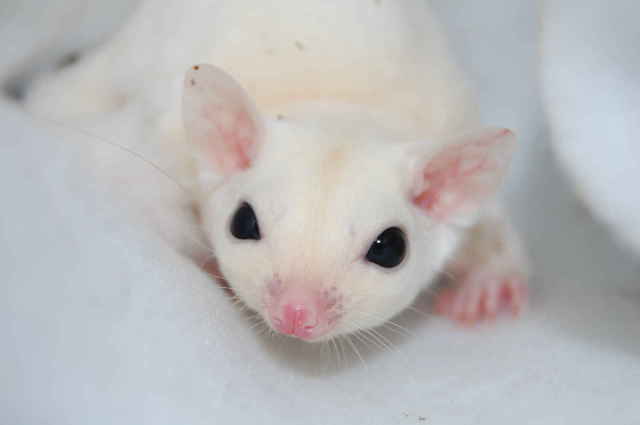 Does Sugar Gliders will effect our health?
QuestionHi Kaden,
I would like to know if sugar glider
Does Sugar Gliders will effect our health?
QuestionHi Kaden,
I would like to know if sugar glider
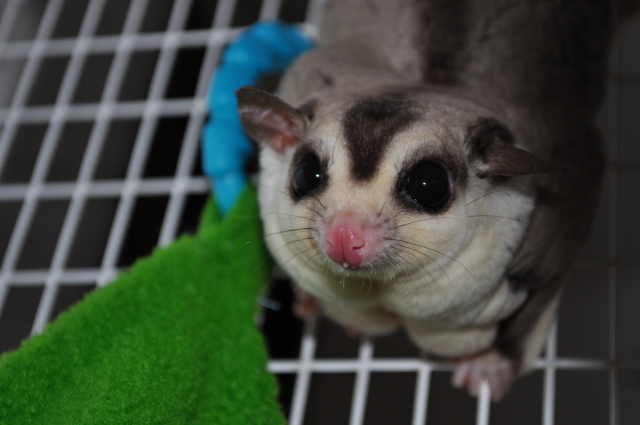 Possible underweight glider
QuestionHi I hope you can answer my question, I have bo
Possible underweight glider
QuestionHi I hope you can answer my question, I have bo
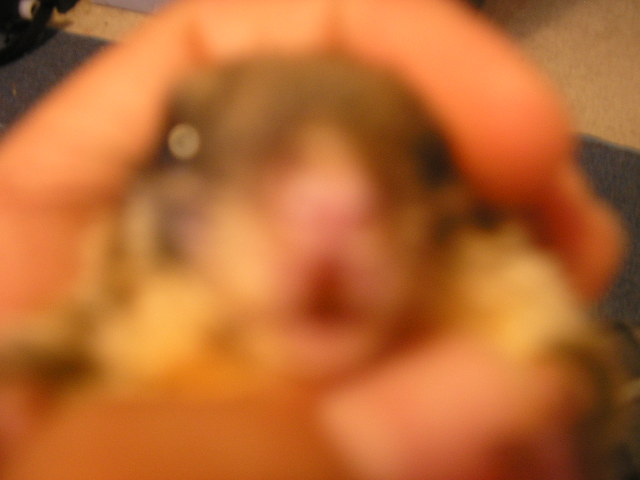 Sickness
QuestionBrown Teeth
QUESTION: My sugar glider ha
Sickness
QuestionBrown Teeth
QUESTION: My sugar glider ha
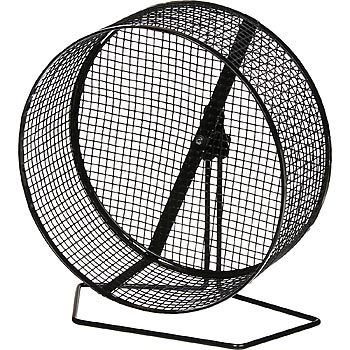 sugar glider info
Questionwhat do sugar gliders do at night and what are
sugar glider info
Questionwhat do sugar gliders do at night and what are
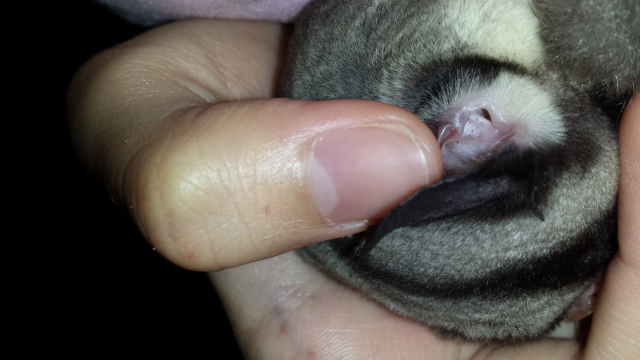 sugar glider ear mites?
Question
ear ear
hi.
can I know how does e
sugar glider ear mites?
Question
ear ear
hi.
can I know how does e